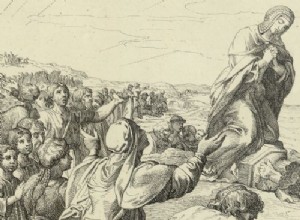I recently saw a Netflix documentary called The Dark Tourist, a show dedicated to the modern phenomenon of dark tourism. The series follows journalist David Farrier as he visits unconventional tourist destinations around the world that have a gloomy or scary history. The Dark Tourist shines a light




